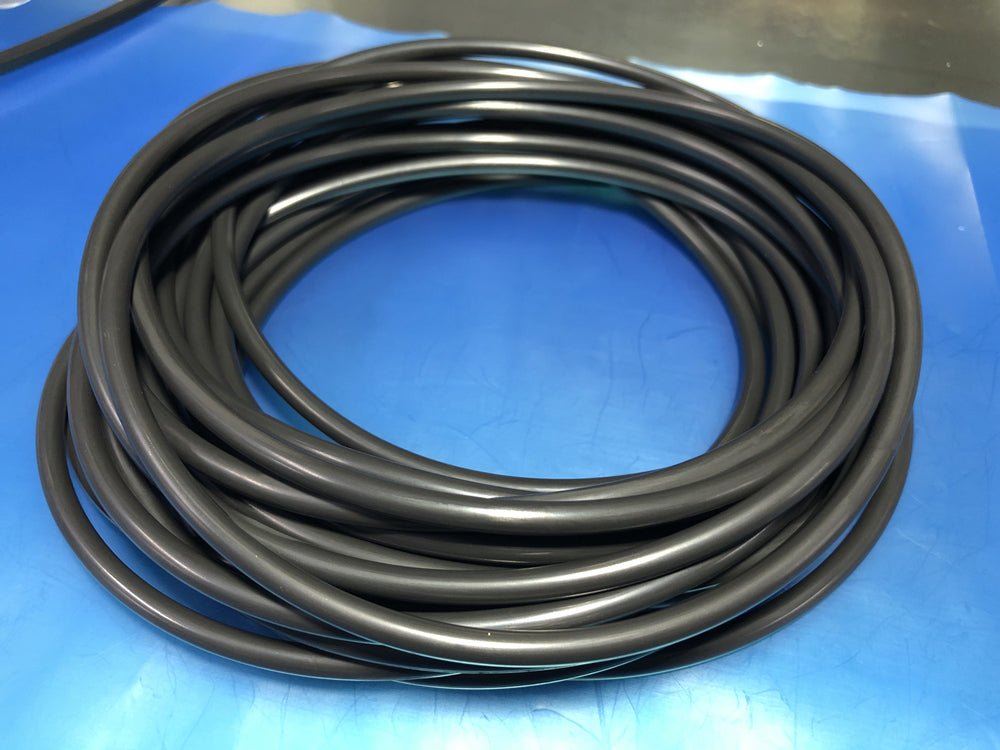Introduction: Rubber seals play a vital role in various applications, providing effective sealing and preventing leaks. However, despite their resilience and durability, rubber seals can experience damage under normal operating conditions. Understanding the potential causes of rubber seal damage is crucial for implementing preventive measures and ensuring optimal seal performance. This article explores the common reasons for rubber seal damage under normal circumstances.
-
Wear and Tear: Cause: The constant motion and friction experienced by rubber seals during their service life can lead to wear and tear, resulting in gradual deterioration and loss of sealing effectiveness. Prevention: Regular inspection and maintenance are essential to monitor seal condition and detect early signs of wear. Proper lubrication and minimizing abrasive particles in the operating environment can help reduce wear.
-
Temperature Extremes: Cause: Exposing rubber seals to extreme temperatures, either too hot or too cold, can cause them to lose their elasticity, leading to cracking or hardening. Prevention: Selecting appropriate rubber compounds designed for the specific temperature range is vital. Ensuring adequate insulation or cooling mechanisms in extreme temperature environments can help protect the seals.
-
Chemical Exposure: Cause: Exposure to aggressive chemicals, solvents, or incompatible media can cause rubber seals to swell, degrade, or experience chemical attacks, compromising their integrity. Prevention: Choosing chemically-resistant rubber materials and conducting compatibility tests with the intended media are crucial. Implementing protective coatings or barriers can also shield seals from harmful substances.
-
Improper Installation: Cause: Incorrect installation practices, such as excessive stretching or improper groove dimensions, can cause stress concentration and deformation in rubber seals. Prevention: Adhering to proper installation guidelines and using suitable installation tools can minimize the risk of damage. Ensuring the correct compression and groove design is essential for a secure fit.
-
Contamination: Cause: Foreign particles, debris, or contaminants present in the sealing environment can infiltrate rubber seals, causing abrasion, compromising sealing performance, and leading to premature failure. Prevention: Maintaining a clean and debris-free sealing environment is critical. Implementing effective seals and barriers to prevent contamination can help extend the life of the rubber seals.
-
Aging and Degradation: Cause: Over time, rubber seals undergo natural aging and degradation due to environmental exposure, leading to a decrease in their mechanical properties and overall performance. Prevention: Storing seals properly away from direct sunlight and harsh environmental conditions can slow down aging. Conducting periodic inspections and replacing aged seals in a timely manner can ensure continued performance.
Conclusion: Rubber seal damage under normal operating conditions can result from wear and tear, temperature extremes, chemical exposure, improper installation, contamination, and aging. Employing preventive measures, such as regular inspection, proper material selection, installation practices, and environmental control, can extend the life and optimize the performance of rubber seals in various applications. By proactively addressing these common causes of damage, industries can achieve enhanced sealing reliability and reduce maintenance costs over time.

